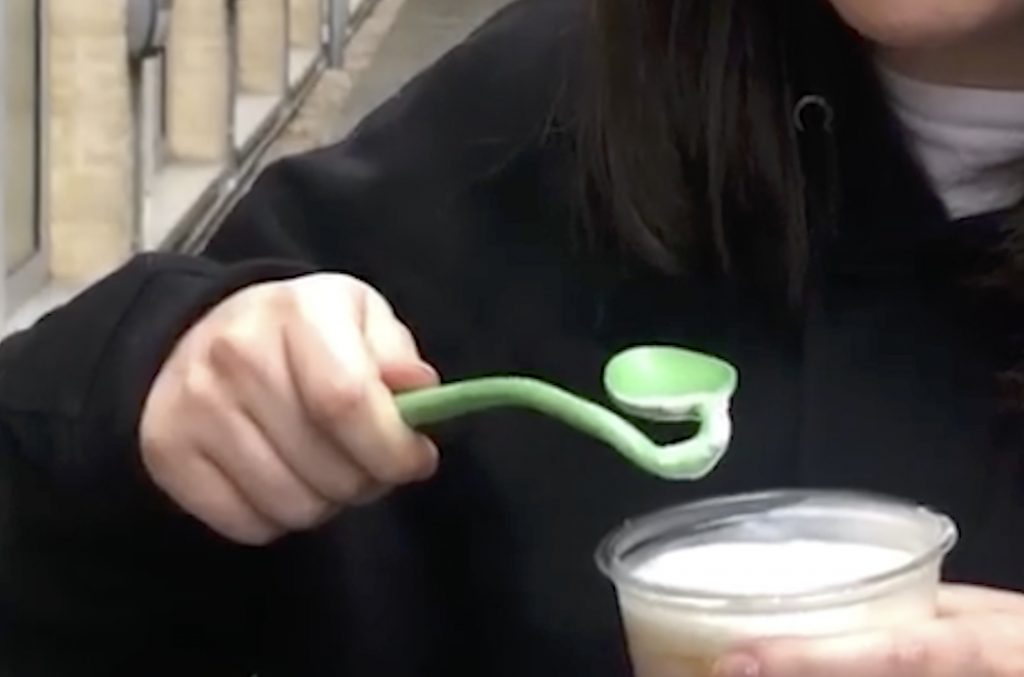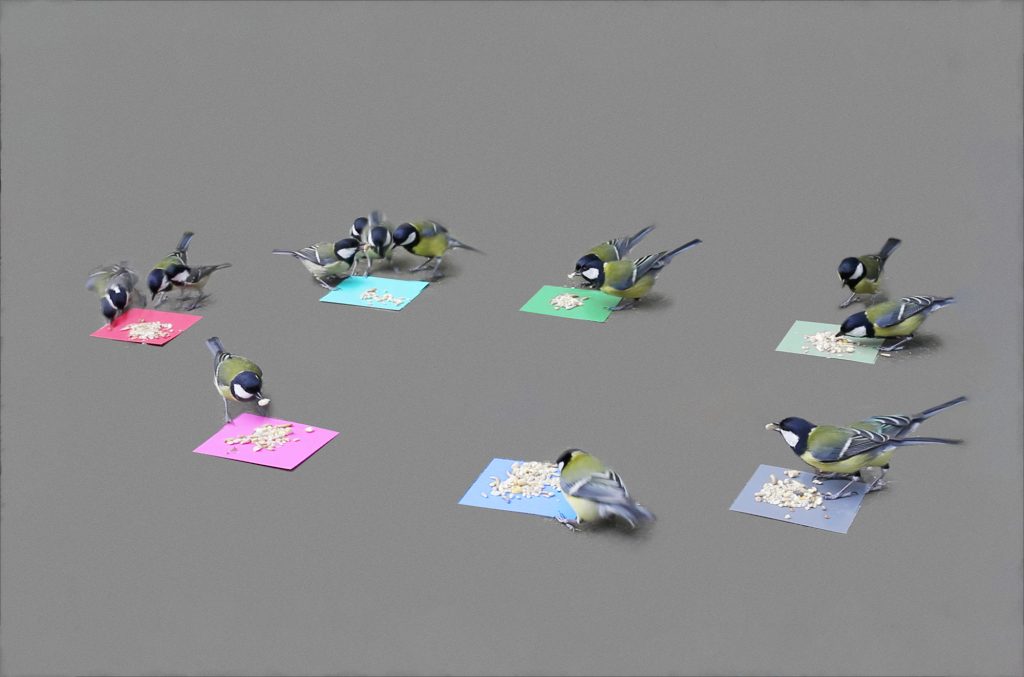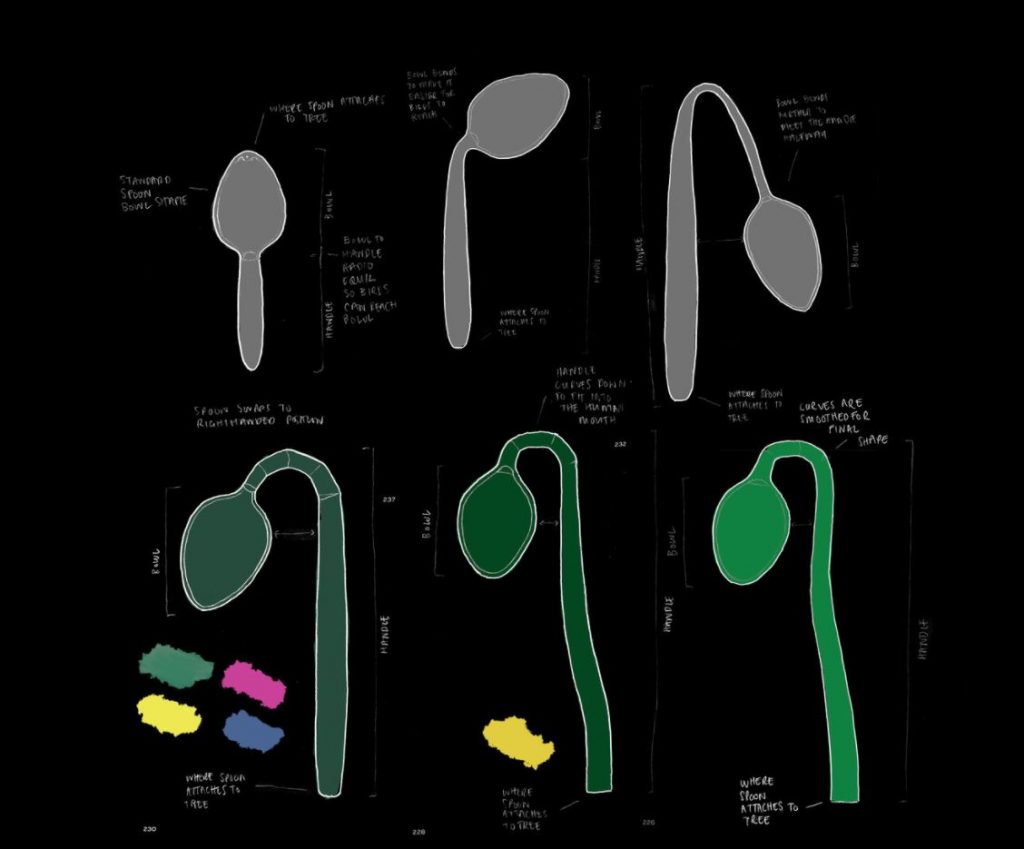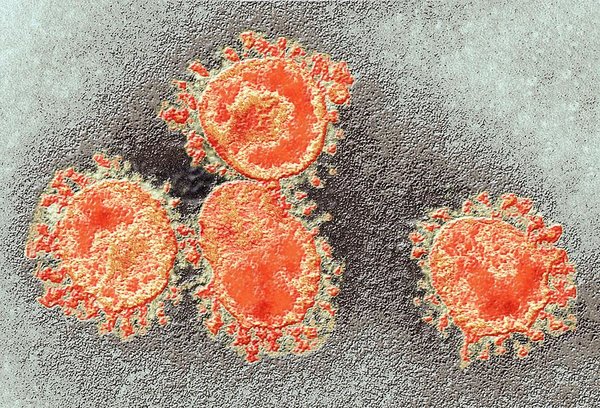Figuratively speaking, every animal subject attacks its objects in a pincer movement.
-Jakob Von Uexkull, 1933
Our world is filled with objects. The accumulation of carbon in our atmosphere being perhaps the most pressing of all, but the general accouterment of modern life including cars, tablets, watches, screens, drones, military devices, household appliances, buildings and their related cities are increasingly filling up our pockets, bodies, homes and planet. All of these things are of course, objects and generally they are seen – at least in the context of the outdoors and “natural life” to be destructive.
*quick aside* the Expanded Environment delved into some current veins of thinking around objects and their impacts – physical and metaphysical – in our worlds through a series in 2017 (link here).
But, apart from environmental implications the interworlding, or in Amy Haigh’s words, “intermediate” nature of objects can allow them not just to destroy environments but to bridge them.
London-based interdisciplinary designer and storyteller Amy Haigh has produced for her diploma work at The Royal College of Arts, London a series of clever objects that cross the species divide and question the anthropocentric as well as the ontological boundaries of objects in general.
There is more information found on her personal website at: https://www.amyhaigh.com/ but we’ll introduce you to a few of our favorites here while you’re with us.
Errol the Bower Bird

In Intermediate Artefact_01 Amy explores the uncannily similar elements of desire and intrigue found in the one particular satin bowerbird (Errol, who happens to live in the Melbourne Museum) and the general public in London. Through a series of careful studies Amy tests Errol’s taste for color, shape, and texture and conducts some very intriguing historical research into human aesthetic preferences as well. She then produces a set of objects that would be interesting to both Errol and the London Public. Videos on her site and below show the result of humans and bird both fascinated by the artfully crafted blue objects.

The image above is one of the many user-testing sessions with Errol (the satin bowerbird) for the creation of the piece. Here he’s lifting his chosen piece of plastic to reveal his preference in color. Amy describes some of the process here:
The staff at Melbourne Museum (where he lives) allowed me access to his gallery in the morning before visitors arrived. During these tests we would go through his preferences for an object’s color, texture, shape, reflectivity, and size. He was a very willing participant in all of these tests.
Neither the humans nor the bower bird are aware of their shared preferences which begs the question, what other animals would find these objects enjoyable? Or what other modifications could be made to the objects to expand their attractiveness to other species?
There’s also a question of placement and context through-out the work. Amy makes note of pieces of blue plastic garbage that are more present in the Bower world less so in the Human. And then correspondingly, the shape borrowed from the human world to create the Artefact is not really present for them either (they exist as pieces of the generally mundane London environmental background). It takes Amy’s artful re-contextualization of these various components to insert an intermediate object into two umwelten.
A Compromised Spoon

Intermediate Artefact_02 is possibly Amy’s most Uexkulian exploration – becomes a “utensil” for both human and avian use and like Artfact_01 starts with a series of explorations into the preferences of both humans and birds.

The image above shows one of the many experiments to understand the bird’s preferences and experiences of the object’s features, including color, shape, size, weight, and texture – all of which had real effects on the birds’ choices.
Artfact_02 in a way is an exercise in co-species ergonomics. The spoon has to be designed in such a way to accommodate the feeding of the Great Tit as well as a group of friendly humans. Its the task and craft of the artist to find that middle ground of shared utility.


But whereas the objects in the bower bird exploration speak towards shared elements of aesthetic intrigue the spoon is explicitly designed as a cross-species tool and encourages a discussion of Heidegger’s theories around handedness and tool use.
Martin Heidegger, a contemporary of Uexkull’s theorized somewhat similar ideas about objects and how they are perceived and are present (or not) to animals and humans.[1] To use a Heideggerian term, objects within umwelt are only “at hand” through subjective perceptions.
Things at hand are encountered within the world. The being of these beings, handiness, is thus ontologically related to the world and to worldliness. World is always already “there” in all things at hand…world is that in terms of which things at hand are at hand for us.[2]
But, Heidegger continues that their qualities, i.e the “hammering of the hammer” are not specific to the object itself (e.g. a termite would use a hammer as a house, or a child as a door-stop). The key to things is that they have meaning only when they are “relevant to something else.” To be relevant means to let “something be together with something else.” And finally “to let something be relevant means to.. let them be as they are and in order that they be such.”[3]
For Heidegger and Uexkull it is an object’s total subjectivity, its deep semiotic opaqueness – its refusal to be overly determined – that allows it to bridge-between umwelten. It is precisely because objects always recede from reality that they can exist as it were between inner-worlds.
And Amy’s intermediate artefacts do just that. By tuning shape, color, texture, and utility to two different animal audiences Amy’s artefacts illustrate a unique property of her objects to be present in two animal worlds. But more importantly Amy’s work creates – to paraphrase from Donna Harraway – a sense of companionship between two otherwise separate species. By revealing shared preferences and behaviors across species we are are invited into each other’s worlds and allowed – for a moment – to imagine life as a Bower Bird or a Great Tit. It’s a joy and a small piece of magic. It’s our hope that as the world apparently shrinks, and resources exhausted we should all benefit from a great deal more of intermediate artefacts







